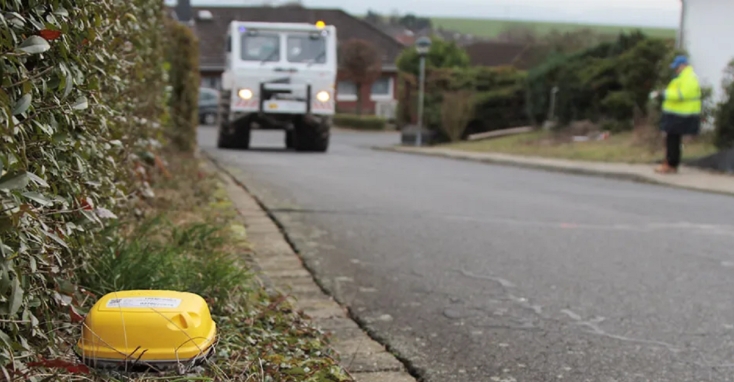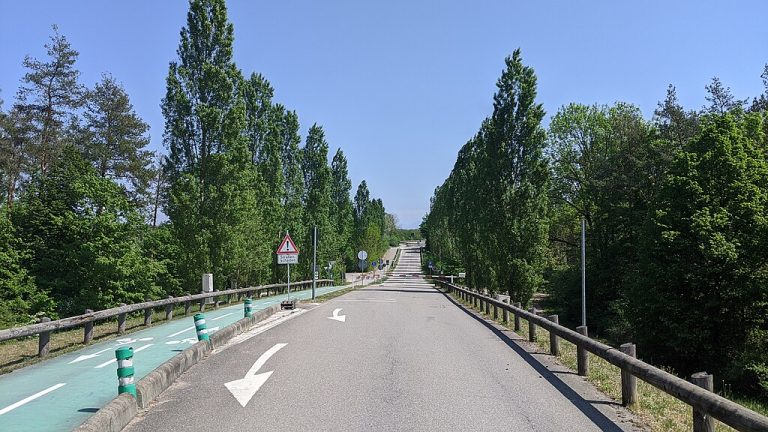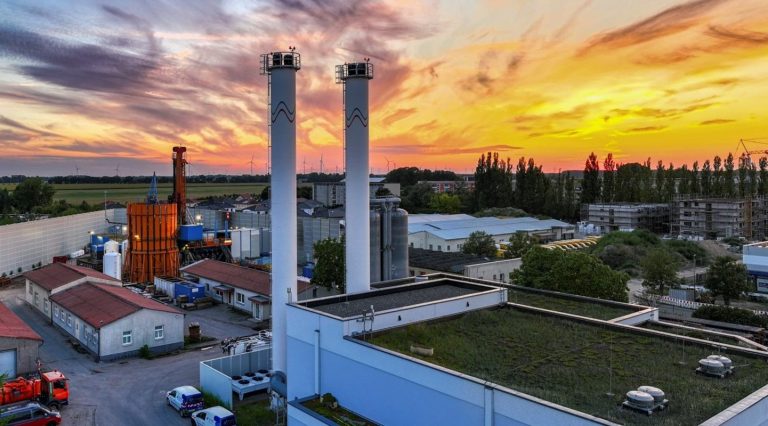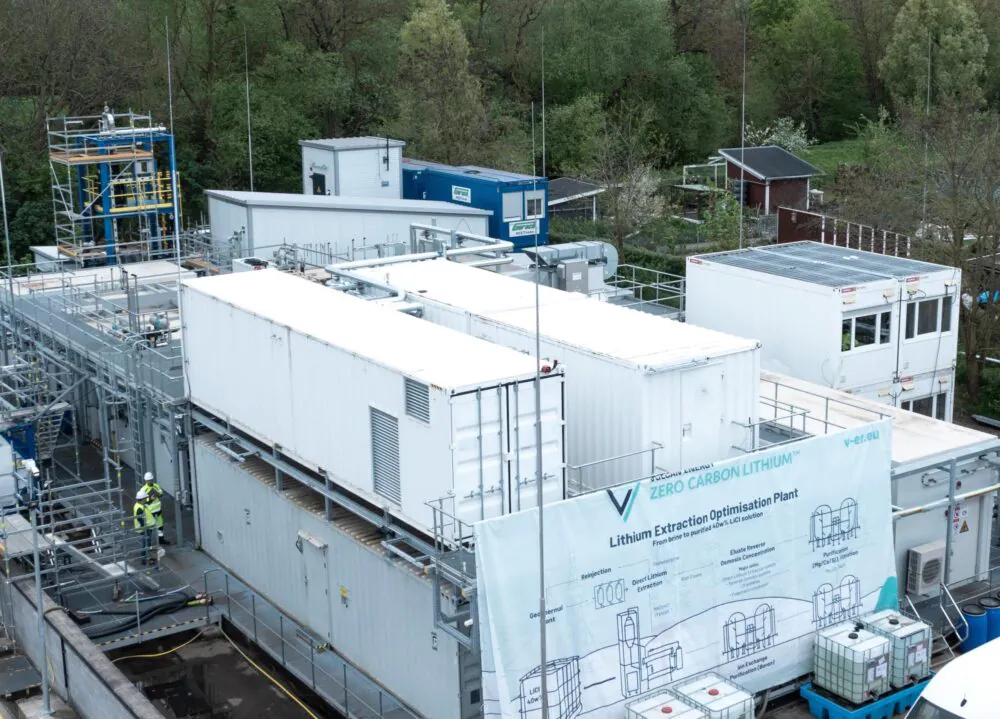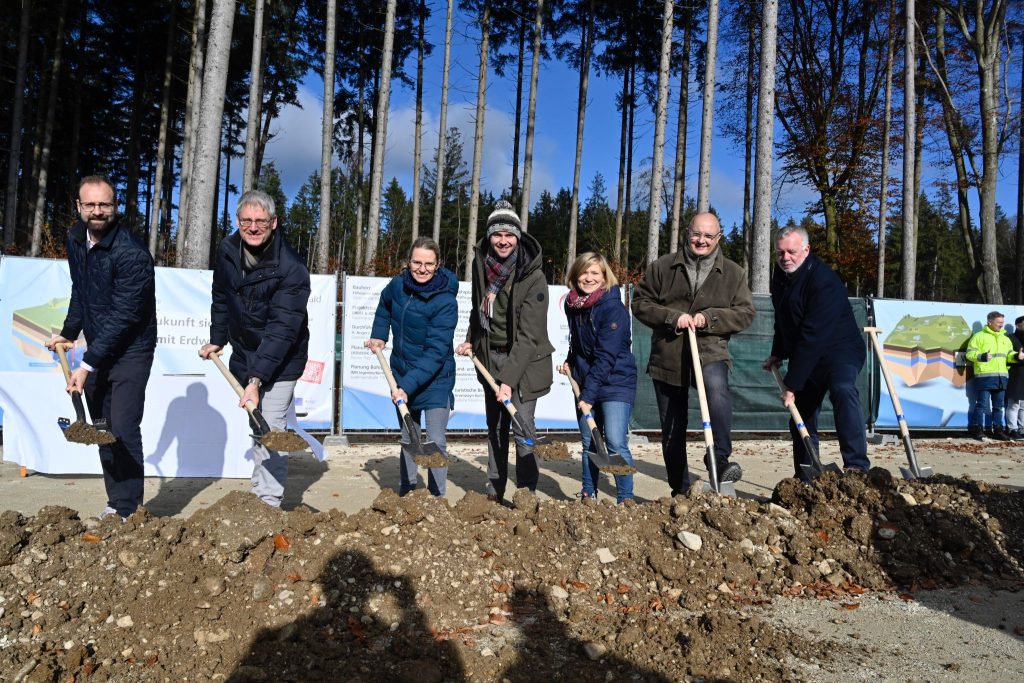Australian emergency services has located the lost sealed source, the BBC reported early February 1.
The caesium-137 capsule, part of a density gauge used at Rio Tinto’s Gudai-Darri mine in Western Australia, was found after a survey vehicle travelling at 70 km/h (43 mph) detected radiation, according to the report. According to Australia’s Department of Fire and Emergency Services, the capsule was located on the roadside of the Great Northern Highway, south of Newman. A serial number verified it was the lost source.
Last week, as reported yesterday by Nuclear Newswire, Australian authorities began searching 1,400 kilometers (870 miles) of Australia’s Great Northern Highway, between Perth and the remote town of Newman, for a lost sealed-source capsule containing cesium-137. The source was part of a density gauge used by mining company Rio Tinto at its mining operations in Western Australia.
The Department of Fire and Emergency Services (DFES) of Western Australia reported that the density gauge containing a 6-mm-diameter (0.24-inch-diameter) by 8-mm-height (0.31-inch-height) source capsule was sent by flatbed truck to Perth for repair, leaving Rio Tinto’s Gudai-Darri mine site in Western Australia on January 12 and arriving in Perth on January 16. The package containing the gauge, however, was not inspected until January 25.
Upon opening the package, it was found that the gauge was broken apart with one of four mounting bolts missing. The source itself and all screws on the gauge were also missing. It is assumed that vibrations from the truck broke the gauge apart and allowed the screws and capsule to fall through the bolt hole and away from the truck. DFES said they were notified of the loss on the evening of January 25.
According to a report by The New York Times, police believed the loss of the source was an accident, and there was no evidence that the box was tampered with after arriving in Perth.
The search: DFES and radiation specialists searched along Great Northern Highway by driving in the north and south directions at slow speeds while using gamma radiation survey meters in order to find the capsule.
During the search, DFES said the risk to the general community from the capsule, reported to be a 19-GBq (500-mCi) Cs-137 ceramic source commonly used in industrial gauges, was relatively low but recommended that anyone finding the capsule stay 5 meters away.
Educated input: Lacking further information from Rio Tinto at the, the assumption was that the capsule was part of a conveyor gauge, a device mounted adjacent to a conveyor belt that was moving ore, according to ANS member John Miller, of the International Source Suppliers and Producers Association.
To put the capsule's risk into perspective, Miller said that the 19-GBq activity associated with it would be similar to a low dose Cs-137 brachytherapy source. He referenced the IAEA's Safety Guide RS-G-1.9, Categorization of Radioactive Sources, which includes Table 2 in Appendix 1 that lists Categories of Sources used in common applications. The Cs-137 source activity falls within the range of activities used for a conveyor gauge, and in this instance the source would fall into Category 4. Table 3 is titled Plain Language Descriptions of the Categories, and the risk associated with a Category 4 source is described as follows:
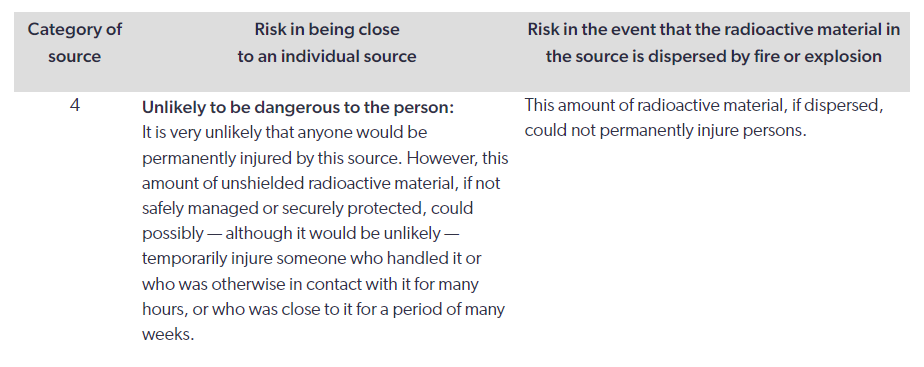
Rio Tinto’s response: “We are taking this incident very seriously. We recognize this is clearly very concerning and are sorry for the alarm it has caused in the Western Australian community,” Simon Trott, Rio Tinto’s iron ore division chief, said in a statement to Reuters.
“Rio Tinto engaged a third-party contractor, with appropriate expertise and certification, to safely package the device in preparation for transport off-site ahead of receipt at their facility in Perth,” Trott said, adding that Rio was also conducting its own investigation into how the loss occurred.

